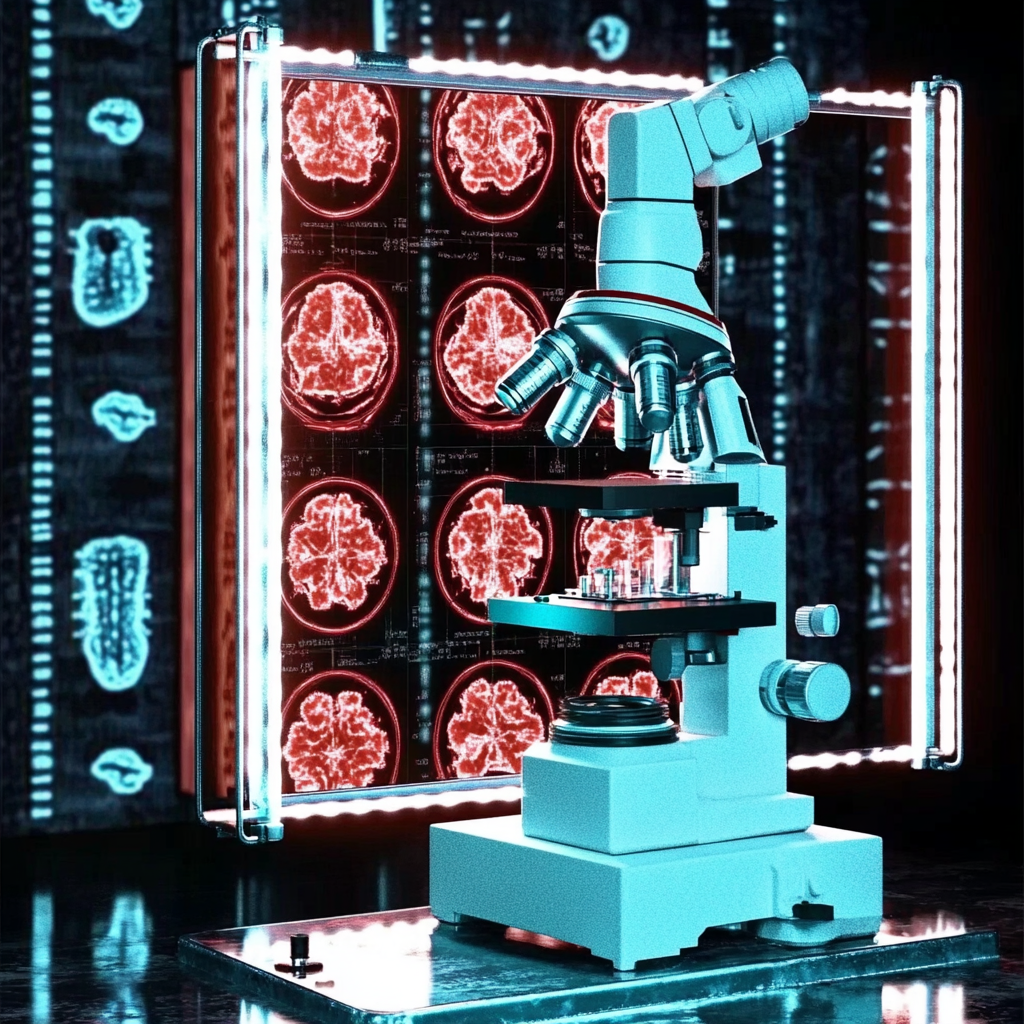Understanding the Trial Results
This clinical trial tested a medication called erenumab for people with chronic cluster headache (CCH). The goal was to see if erenumab could reduce the number of headache attacks compared to a placebo (a treatment with no active ingredients).
What Worked?
- The trial aimed to find out if erenumab could help reduce headache attacks.
What Didn’t Work?
- Erenumab did not significantly reduce the number of headache attacks compared to the placebo.
- Only 31.7% of those taking erenumab had a 50% or greater reduction in attacks, compared to 45% in the placebo group.
- More people reported side effects while taking erenumab (65.9%) than those on the placebo (42.5%). Most side effects were mild or moderate.
How Does This Help Patients or Clinics?
- This study shows that erenumab may not be an effective option for preventing CCH attacks.
- Clinics can better understand which treatments might not work and focus on other options for patients.
Real-World Opportunities
- Hospitals and doctors can use this information to guide treatment plans for patients with CCH.
- They can explore alternative treatments that have shown better results in other studies.
Measurable Outcomes
- Clinics should track the number of headache attacks patients experience before and after trying new treatments.
- Monitor patient feedback on how they feel after treatment using simple surveys.
AI Tools
- AI tools can help analyze patient data to identify which treatments may work best for individual patients.
- Consider using AI-driven platforms that track patient outcomes over time to improve treatment plans.
Step-by-Step Plan for Clinics
- Start by reviewing current treatment options for CCH and discussing them with patients.
- Implement a system to track headache frequency and severity in patients.
- Consider using AI tools to analyze patient data and improve treatment strategies.
- Stay updated on new research and clinical trials to offer patients the best options available.
For more details on this research, you can refer to the original study here.




























